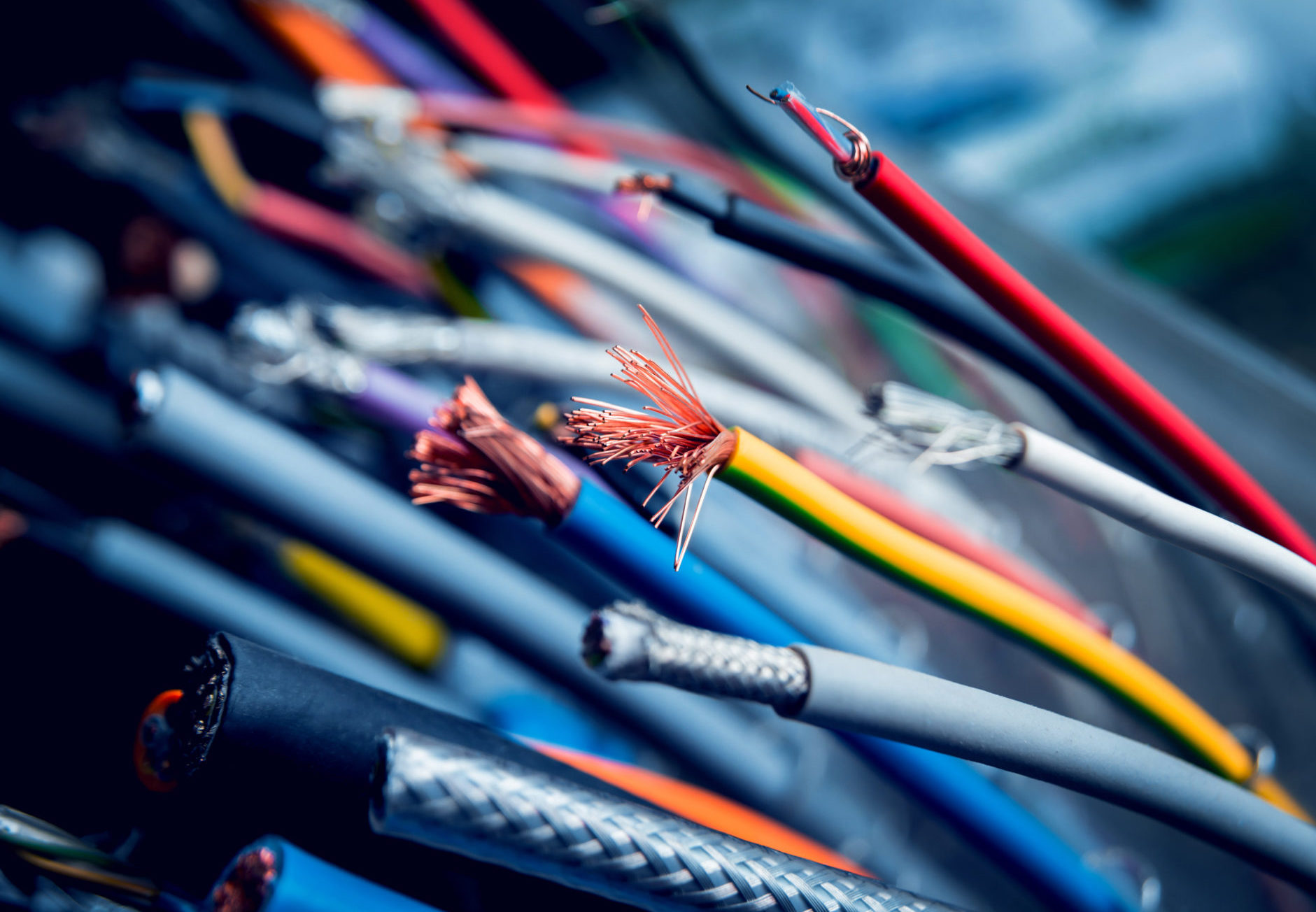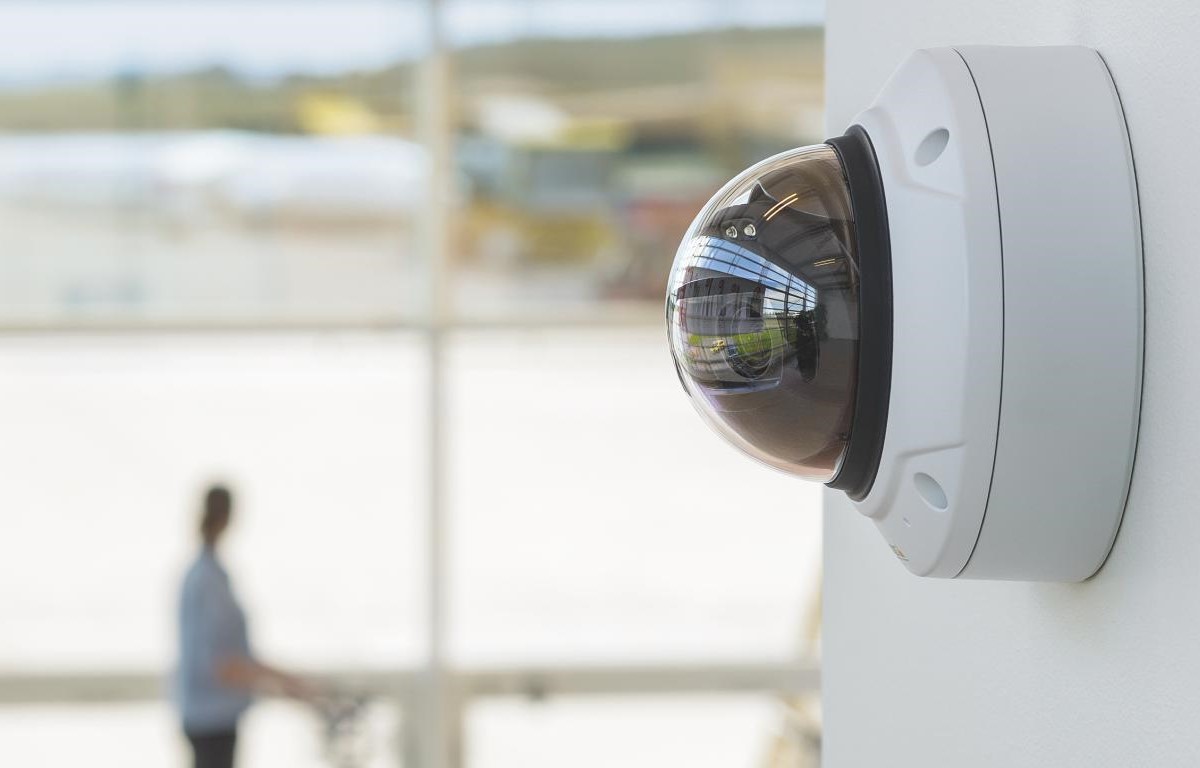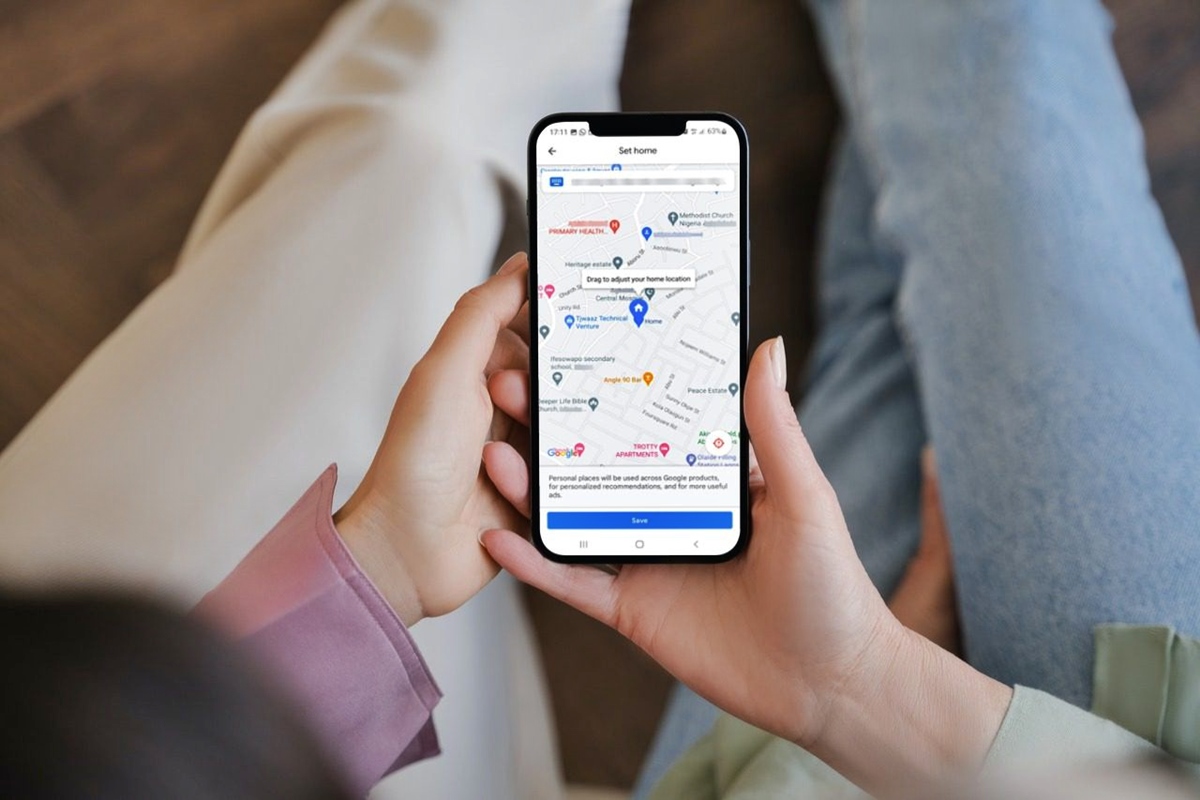Home>Articles>Understanding and Addressing Cyberstalking: A Guide to Online Safety


Articles
Understanding and Addressing Cyberstalking: A Guide to Online Safety
Modified: July 26, 2024
Learn about cyberstalking, its impacts, and effective online safety measures to protect yourself and your loved ones from online harassment.
(Many of the links in this article redirect to a specific reviewed product. Your purchase of these products through affiliate links helps to generate commission for Storables.com, at no extra cost. Learn more)
Cyberstalking is a danger for anyone online, carrying serious risks for those targeted. Stalkers often make severe threats and invade victims’ lives repeatedly, forcing major changes in their daily habits.
So, what exactly is cyberstalking, and how can you safeguard yourself against it?
What is cyberstalking?
Cyberstalking is the online version of stalking, where perpetrators use digital tools to track, observe, and threaten their victims. The stalker could be an ex-partner, friend, coworker, neighbor, or even a stranger. According to ExpressVPN, 41 percent of American adults have undergone cyber harassment, with 20 percent having faced digital stalking.
A cyberstalker can effortlessly gather information about its target through various digital platforms and tools, often staying nearly anonymous. Besides the information victims share on social networks, cyberstalkers frequently use stalkerware—software on the victim’s phone that collects data.
Strategies to Shield Yourself from Cyberstalking
Enhance Your Privacy Controls
Start with your own data. Review your social media accounts and enable strong privacy settings if you haven’t yet.
- Set your posts to ‘friends only’ so only people you know can see them.
- Ensure your address or phone number isn’t posted publicly on social networks. (Consider using a separate email for social media)
- Share your phone number or other private info with friends via private messages, not public posts.
- Use a gender-neutral screen name or pseudonym instead of your real name for your social media accounts.
- Leave optional fields like your date of birth blank in social media profiles.
- Only accept friend requests from people you have met in person and set your social networks to accept friend requests only from friends of friends.
- Disable the geolocation settings and think about turning off the GPS on your phone.
If personal data is on the web outside your social media, start removing it. Google can help remove your SSN if it’s displayed. You may need to contact third-party sites to remove some data. For a postal address for business or domain registration, use a post box or office address (like your accountant’s), not your home address.
Antivirus Software: Essential for More Than Just Cyberstalking Protection
Installing antivirus software on your digital devices, including smartphones and tablets, is advisable to guard against cyberattacks and cyberstalking.
While the antivirus app included with your device’s operating system provides some level of protection, a reliable, tested antivirus solution offers the advantage of continually detecting new threats and addressing security vulnerabilities.
Safeguard Your Computer and Mobile Device
Protecting your data won’t matter if your smartphone or PC gets hacked. To avoid online stalking, incorporate basic security into your online habits.
- Be cautious of public Wi-Fi as it can be easily hacked. If you must log in at places like Starbucks or hotels, use a Virtual Private Network (VPN) to safeguard your communications. A VPN provides a secure connection anywhere you go.
- A VPN will also conceal your IP address, which can prevent your internet provider account from being tracked, and through that, your address, credit card number, and more.
- Be mindful of where you leave your smartphone. It’s easy for someone to install spyware without a trace, even if you leave your phone unattended for just a few minutes.
- Ensure your phone and computers are password-protected. Use a strong, hard-to-guess password and change your passwords regularly.
- Use anti-spyware software to find and remove any malicious software. Better yet, back up your data and do a factory reset to completely remove spyware. Antivirus programs are available for both PC and Android, ensuring all your devices stay safe.
- Always remember to log out of your accounts when you’re finished — don’t leave social network accounts open.
- Be cautious about installing apps that request access to your Facebook or other contact lists. Do you know what they intend to do with that information?
Use a Password Manager
Whether it’s banks, online retailers, or email providers, two-factor authentication (2FA) is becoming more common to enhance the security of your personal information.
But what value do the best security measures from providers have if you don’t contribute at least a little to protecting your online privacy? Many users still rely on a few different passwords for all their accounts. The consequence: This makes things easier for cyberstalkers. Once they have one password, it’s simpler for them to access other accounts with the same or similar passwords.
Using a password manager can close this gap in your privacy. A reliable password manager offers a safer way to handle your various online accounts and passwords, no matter which device you use.
Steps to Take if You’re Targeted by Cyberstalking
Online creeps seek power over their victims due to feelings of revenge, abandonment, or rejection, leading to psychological terror and trauma. Some governments have criminalized stalking and cyberstalking, allowing for detention under certain conditions.
Victims should act immediately: document all interactions, block the attacker, change passwords and email accounts, inform trusted contacts, get a new SIM card, and file a police report. Rapid police intervention can halt harassment. Additionally, contact victim support organizations and seek professional help for trauma.
Was this page helpful?
At Storables.com, we guarantee accurate and reliable information. Our content, validated by Expert Board Contributors, is crafted following stringent Editorial Policies. We're committed to providing you with well-researched, expert-backed insights for all your informational needs.















0 thoughts on “Understanding and Addressing Cyberstalking: A Guide to Online Safety”